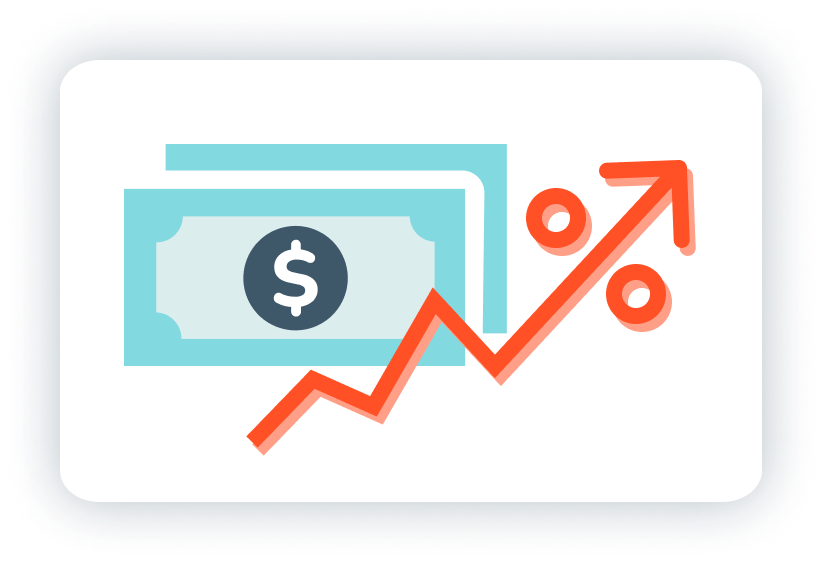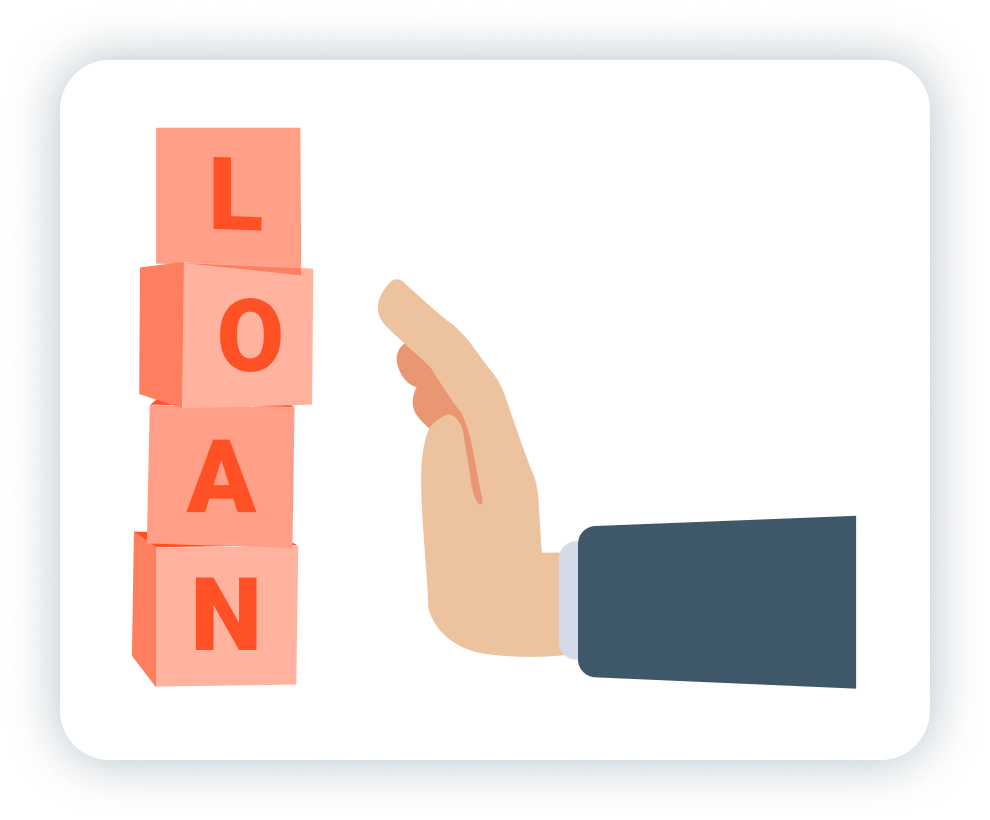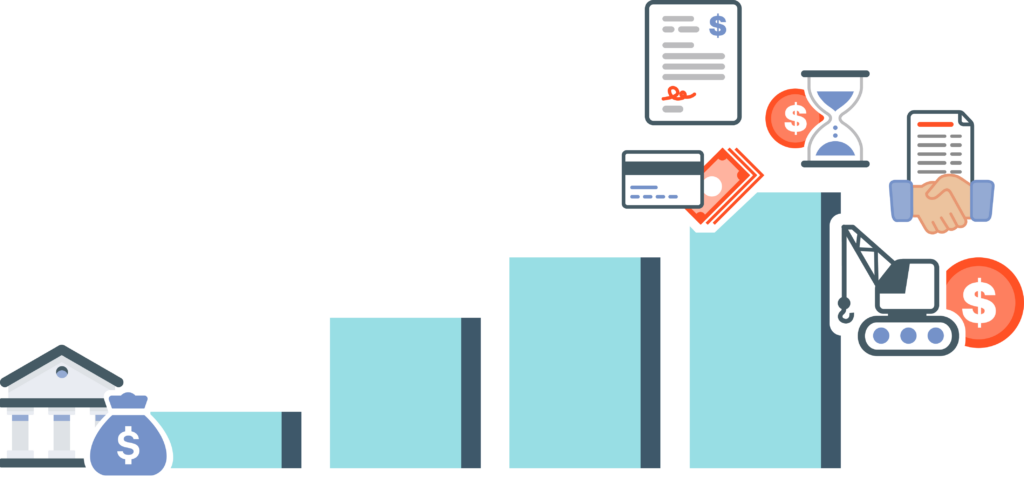Surviving the coronavirus slump was hard enough for SMEs. But as we come closer to the precipice of a recession, SMEs must watch out for another curveball: high-interest rates.
In March 2022, the Federal Reserve raised interest rates for the first time since 2018. It didn’t end there: we were hit with three more increments (in May, June, and July), and more are expected towards the close of 2022.
This will directly affect business loan rates and is already changing how SMEs think about sources of capital. They are moving from traditional financing options in favor of newer, more flexible sources of capital; in short, alternative SME lending options.
If you are an SME lender, read further to understand what to watch out for and how to position yourself as we enter an unprecedented series of interest rate hikes.
Before getting into it, we must first set the context and understand why this is happening.
Why Is the Fed Raising Interest Rates?
Put simply, the Fed is raising interest rates to reduce high inflation rates. The interest rate is, in essence, the cost of borrowing money. As the cost of acquiring money increases, the Fed effectively discourages spending, leading to a slower rate of price growth (i.e., reducing the inflation rate).

The causes of the recent increase in inflation can be traced back to various events starting in 2021: fiscal and monetary stimulus packages to keep economies afloat during the pandemic, supply shortages (including chip and energy shortages), and the Russian invasion of Ukraine.
The 12-month inflation rate measured in June 2022 stands at 8.5%; the highest since 1981. The Fed targets a more stable inflation rate of 2%, where prices increase gradually enough for consumers to spend money, but not too drastically that even essential goods and services become unaffordable.
According to a 2022 study by the U.S. Chamber of Commerce, inflation is the most significant concern for 1 in 3 business owners—74% of them claim that it has had a lasting impact on their business. They often cope by raising prices, laying off staff, and taking loans to cover increasing expenses.
While rate hikes can curb these concerns, it leads to several other problems for small to medium businesses. The biggest: acquiring enough capital to maintain existing operations, let alone expand.
SME lending is going through a significant transformation, as lenders have to adapt their products and services to best meet SMEs’ needs, in a high-interest rate environment.
How Will Interest Rate Hikes Impact SME Lending?
Interest rate hikes hit small businesses harder than large corporations as they don’t have the same financial flexibility and tools at their disposal. It’s up to SME lenders to offer improved products to help SMEs succeed.
Here are some of the most significant areas of impact that interest rate hikes have on SME lending.
1. Business Loans Will Be More Expensive
The Federal Reserve funds rate is inextricably linked to business loan rates—any increments in funds rate will almost immediately affect business rate loans.

The Fed increases interest rates by selling a certain amount of government bonds, taking in cash, and reducing the money circulating in the economy. As cash is constrained, lenders require a higher incentive for lending out their capital—and the cost of borrowing money rises.
This increase in loan rates applies throughout all sectors, including SME lending. The SBA 504 rate, for example, gets higher as a result of the increased interest rates.
If interest rates continue to increase, business loans will be more expensive, compelling business owners to seek other sources of capital.
2. Creditworthiness Checks Will Become More Rigorous
When interest rates increase, loan repayments undeniably go up, and the probability of the borrower defaulting increases. So banks naturally become more cautious when lending out their capital. To better ensure their borrowers can repay, they conduct extensive creditworthiness due diligence before loan approval.
Borrowers can also expect more restrictions on where they spend the borrowed capital.
3. Variable Rate Loans Will Look Less Attractive
Variable, or floating, rate loans are debt instruments with an interest rate that varies across the loan’s lifetime. The rate in variable rate loans is usually linked to a reference rate that moves in the same direction as the Federal funds rate.
According to a U.S. Chamber of Commerce poll, 46% of small businesses surveyed reported taking out a loan to cover higher costs due to inflation. As interest rates keep rising, companies already paying off variable rate loans will have to start making higher interest payments.
In this scenario, it’s unlikely that SMEs will take on variable-rate loans when it is inevitable that interest rates will continue to rise into 2023 if inflation doesn’t budge. For variable rate loans to be a healthy option, inflation should keep to a minimum.
4. Borrowers Will Switch From Traditional Financing to Alternative Lending

Applications for traditional bank loans are already putting up huge hurdles for small businesses. Requirements for a clean credit record, consistent cash flows, healthy profit margins, and longer time in the industry were in place pre-pandemic.
With interest rate hikes and increased credit risk, banks will further tighten restrictions, making it practically impossible for young businesses to obtain vital capital.
Although interest rates offered by alternative lenders have usually been higher than business bank loan rates, this could very well change if the trend of rising rates continues the way it has in 2022. This context makes an even stronger case for SMEs to source capital from alternative lenders.
Will There Be More Rate Hikes?
As long as inflation rates are above the target of 2%, the Federal Reserve will continue to use its most effective tool even if the economy tips into recession. They have already raised interest rates four times since March 2022. At 8.5%, the inflation rate is still well above target, and the Fed is likely to continue to raise interest rates aggressively.
Committee meetings will take place in September, November, and December 2022—the Fed has hinted at additional rate hikes at these meetings.
Expand Your SME Lending Business With Onyx IQ
According to the Biz2Credit Small Business Index, the business loan approval rate is only 15.4% as of June 2022. With interest rates projected to increase, this is more likely to go down than up.
Alternative lenders are crucial to the survival of SME businesses, as they make capital more affordable and accessible, and faster to obtain. As bank and alternative lending rates begin to level out, choosing alternative lending becomes a no-brainer for SMEs.
You will see more players enter the alternative lending space, and you will also get more traffic into your business. To handle the increased volume and competition, you need to automate critical aspects of the lending lifecycle and provide your clients with a seamless and transparent experience.
When you sign up with Onyx IQ, you do both your business and your clients a service. Our SaaS lending platform gives you the tools to quickly originate, underwrite, and close more deals.
We also help you enhance your clients’ experience through our intuitive design and API integrations, which enable quick and reliable communication throughout the lending journey.
Check out our recent article to learn more about providing a great experience to your SME clients.
Schedule your Onyx IQ demo today, and give it a try.

